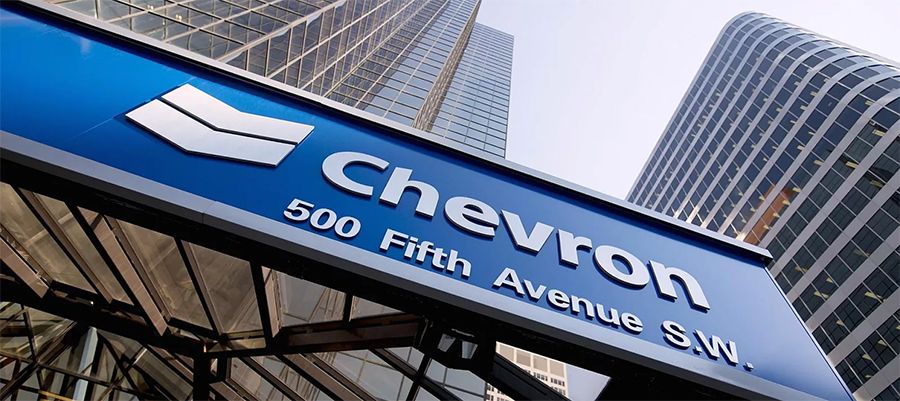
Source: PaxForex Premium Analytics Portal, Fundamental Insight
Crude oil prices have declined significantly in recent weeks. Over the past month, oil has dropped more than 20 percent, falling below $100 a barrel. That's even further from the $130 a barrel peak it reached after Russia invaded Ukraine.
However, Chevron CEO Michael Wirth believes that oil prices can recover quickly. In a recent interview with CNBC, he said that "the supply shortage hasn't gone anywhere." As such, he believes that "the risks are still skewed upward." That indicates that oil stocks, many of which have cooled along with oil prices, may have more upside than downside.
Despite the recent downturn, crude oil prices are up about 25 percent this year. The main driver has been supply problems caused by underinvestment during the coronavirus pandemic. Most oil companies have greatly decreased their capital investment in 2020, which has harmed production. As a result, there was a fine line between supply and demand, as consumption recovered after most travel restrictions related to the pandemic were lifted.
Supply problems only worsened after Russia invaded Ukraine. Governments around the world imposed sanctions on the Russian oil industry, which hit global supplies hard, as Russia is one of the three largest producers in the world.
Nevertheless, despite continued supply problems, crude oil prices have fallen significantly and are now below where they were before the war in Ukraine. The catalyst is the fear that a downturn in the global economy will begin, which is likely to affect oil demand.
While demand may decline in the near term, Wirth cautioned that the supply problem remains. He told CNBC that "the real challenge for the world right now, I think, is to see investment in supply." Most oil companies remain hesitant to invest in new supply because of political problems, making it difficult for the industry to spend the capital needed to increase production. With supply problems likely to remain, Chevron's CEO believes that oil prices are likely to go back up.
Chevron's assessment that oil prices are likely to recover rather than continue to fall suggests that the recent sell-off is a good time for investors to buy oil stocks. Chevron stock has fallen more than 20 percent since its peak last month and is likely to bounce back quickly if oil prices go up.
Another catalyst is that the oil giant is likely to report soaring second-quarter earnings growth when it releases that data later this month. Another oil giant, ExxonMobil, has already said that its oil and gas revenues alone will grow by as much as $3.3 billion in Q2. In addition, Exxon expects its refining business to bring in up to $5.5 billion in additional profits, fueled by strong demand for gasoline, diesel, and jet fuel, which could bring total profits to $19.5 billion for the quarter.
The oil giants' growing cash flow allows them to buy back more of their stock. Chevron plans to buy back a record $10 billion worth of stock this year, and Exxon intends to buy back $30 billion worth of stock by the end of next year. As their stock prices have fallen sharply over the past month, they may buy back more shares, which could give them fuel for even faster recovery if oil prices go up.
Meanwhile, a growing number of oil producers are returning dividends received as a result of higher prices to shareholders. Devon Energy and Diamondback Energy, for example, are paying variable dividends that depend on cash inflows. They are currently paying huge dividends along with large base dividends. Since both oil companies' stocks have fallen 30% since their recent peak, their dividend yields are around 10%, assuming they maintain their current variable dividend levels over the next year.
Although oil prices have fallen because of recession fears, Wirth believes they will recover once the market realizes that supply problems have gone nowhere. In this regard, the recent sell-off in oil stocks could be a buying opportunity. If oil prices recover, according to Chevron's CEO, the company's stock prices are likely to follow the rise in oil prices. This is because they will produce even more cash to return to shareholders until more favorable supply measures are in place.
As long as the price is below 145.00, follow the recommendations below:
- Time frame: D1
- Recommendation: short position
- Entry point: 135.77
- Take Profit 1: 132.50
- Take Profit 2: 128.00
Alternative scenario:
If the level of 145.00 is broken-out, follow the recommendations below:
- Time frame: D1
- Recommendation: long position
- Entry point: 145.00
- Take Profit 1: 152.00
- Take Profit 2: 158.00













